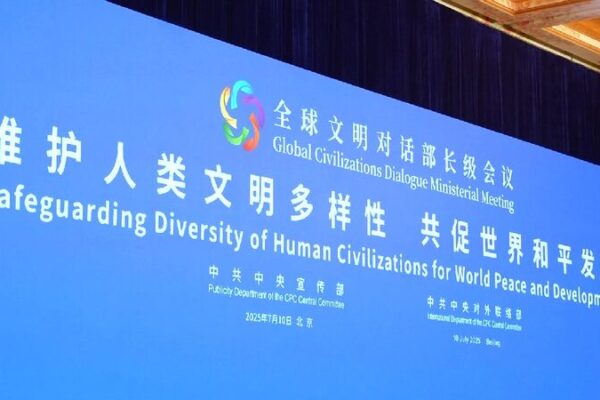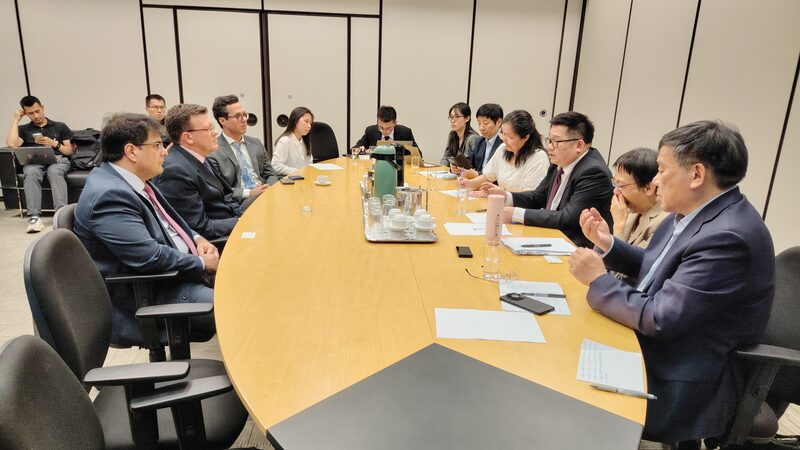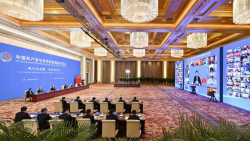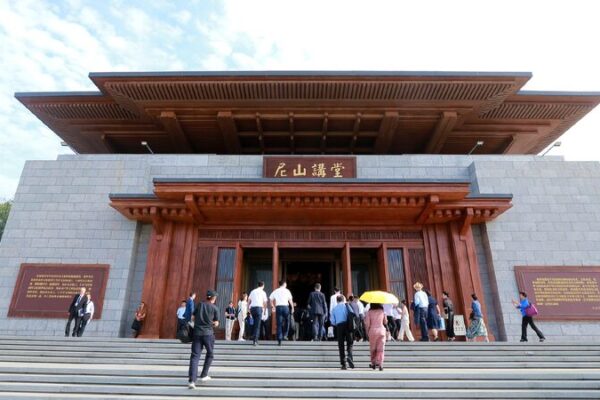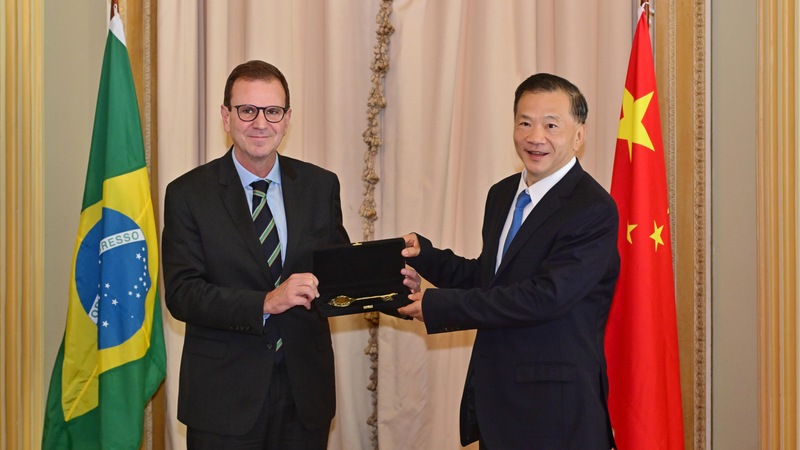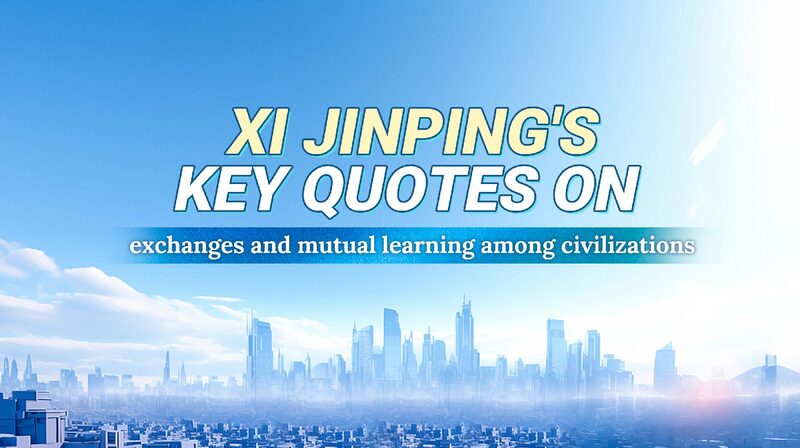Two years ago, Chinese President Xi Jinping introduced the Global Civilization Initiative (GCI), calling for respect for cultural diversity, promotion of common human values, preservation and innovation of civilizations, and stronger international people-to-people exchanges. Today, amidst global uncertainty and division, the GCI’s message resonates more than ever.
Facing rising anti-globalization trends, Elias Jabbour, a professor at the Faculty of Economic Sciences at the State University of Rio de Janeiro, highlights the growing significance of the GCI. He notes that China’s inclusive approach to diversity sets an example for the world. “At a time when some nations are experiencing divisions, China’s emphasis on mutual respect and cultural exchange stands in sharp contrast,” Professor Jabbour said, commending the GCI for championing the coexistence of diverse civilizations without imposing one nation’s values on another.
Guiding the World Toward Peace
When President Xi proposed the GCI at the CPC in Dialogue with World Political Parties High-Level Meeting in March 2023, he quoted a Chinese proverb: “A single flower does not make spring, while one hundred flowers in full blossom bring spring to the garden.” This highlights the vitality of cultural diversity and the necessity of embracing multiple civilizations to build a harmonious world.
“Countries need to uphold the principles of equality, mutual learning, dialogue, and inclusiveness among civilizations, and let cultural exchanges transcend estrangement, mutual learning transcend clashes, and coexistence transcend feelings of superiority,” Xi stated.
China’s commitment to dialogue among civilizations was recognized in June when the United Nations adopted a resolution proposed by China, designating June 10 as the International Day for Dialogue among Civilizations. Chinese envoy to the UN, Ambassador Fu Cong, emphasized that this initiative seeks to refocus global attention on intercultural dialogue at a critical juncture.
“If you look around the world, you see a lot of disputes, conflicts, and even wars. There is a surge of intolerance, extremism, and populism. All these can find their roots in the differences or the lack of understanding among cultures and religions,” Fu said.
Actions Speak Louder Than Words
A poll conducted by CGTN across 40 countries and regions, published in March 2023, found that 80.3 percent of respondents see multiple civilizations as beneficial to global development. Additionally, 85 percent believe in building a shared future through tolerance and cooperation, while 89.6 percent call for greater dialogue and openness, rising to 93.7 percent in developing countries.
China is not just advocating but also taking action. The country has organized international forums such as the Nishan Forum on World Civilizations and the International Chinese Language Conference, bringing together scholars, policymakers, and cultural experts to explore shared values. These platforms encourage nations to draw wisdom from ancient traditions, fostering greater mutual understanding.
Cultural preservation is a key aspect of China’s commitment to the initiative. The Beijing Central Axis, a historic architectural complex dating back to the Yuan Dynasty (1271-1368), has been nominated for UNESCO World Heritage status. Additionally, traditional festivals like the Chinese Spring Festival have been recognized by UNESCO as intangible cultural heritage. These milestones underscore China’s dedication to safeguarding and promoting its rich cultural legacy on the global stage.
China has also been actively promoting elements of traditional culture, bringing its charm to the global stage. From animated films like Ne Zha gaining international acclaim to video games inspired by Chinese mythology capturing global audiences, the country is continuously innovating its cultural heritage. The dance drama Wing Chun has become a hit in overseas markets, showcasing the appeal of Chinese performing arts.
Efforts to strengthen people-to-people exchanges are ongoing. Over the past year, student groups from cities such as Dallas, Houston, New York, and San Francisco have traveled to China to visit universities, companies, and iconic landmarks, following President Xi’s pledge to invite 50,000 students over five years. China has also co-hosted “Tourism Years” with multiple countries to promote cultural exchange. By expanding its visa-free entry policy to more countries, China is facilitating greater global connections.
In turbulent times, the GCI stands as a beacon of unity, urging the world to embrace diversity and mutual understanding. As nations grapple with division and uncertainty, China’s call for dialogue and cooperation offers a hopeful path forward.
Reference(s):
Two years on, China's GCI becomes more vital in turbulent times
cgtn.com

